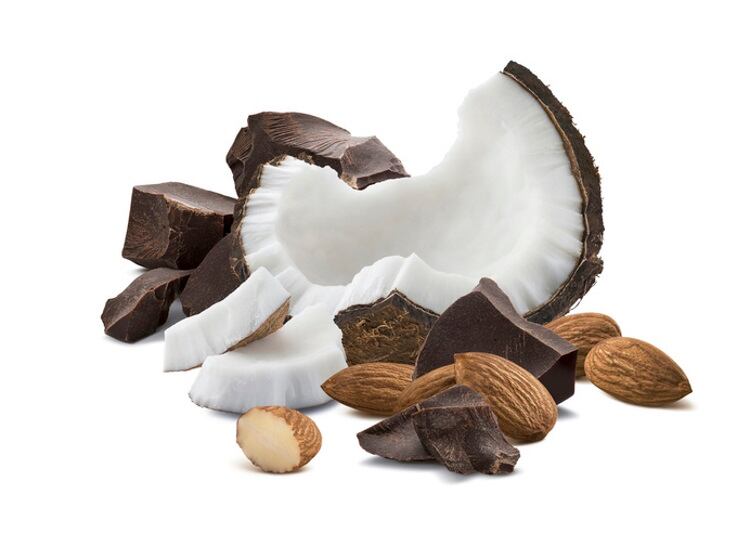
Product innovation keeps pushing the boundaries of the law and it is becoming increasingly difficult for food businesses to determine the best description to ensure the product is both attractive to consumers and legally compliant.
While not a new concept, ‘vegan milk chocolate’ is marketed under a variety of descriptions, but which is correct or ‘safe’ to use? How can manufacturers be transparent about their product while not misleading or confusing consumers when there are regulatory constrains?
Vegan milk chocolate: it sounds simple enough – milk chocolate without milk, right? Not quite.
The hurdles
This is a perfect example of an issue that arises when product innovation, legal compliance and marketing concepts collide. Several hurdles need to be overcome to bring these opposites together.
The first is the legality of using the word ‘milk’ in relation to both the product (chocolate) and its plant-based dairy alternative ingredient.
The term ‘milk’ is reserved exclusively for products that come from the normal mammary secretion obtained from one or more milking’s. Which essentially means the normal product of milking mammals, such as cows, sheep and goats.
In 2017, the Court of Justice of the European Union (CJEU) concluded that the term ‘milk’ cannot legally be used to describe products derived from plants, unless it’s specifically mentioned on the list of exceptions.
The list of exceptions contains products like coconut milk, peanut butter and cream crackers. Plant-based dairy free products such as almond milk, rice milk and soya milk aren’t on the exceptions list and therefore cannot be labeled using the denomination ‘milk’.
The former part of the question relates to the product - chocolate, and more specifically - milk chocolate. Both these denominations are legally defined: chocolate is ‘the product obtained from cocoa products and sugar’ and milk chocolate as ‘the product obtained from cocoa products, sugars and milk or milk products.’ The law is strict on what can be called ‘chocolate’ and ‘milk chocolate’, and what cannot.
This product contains a plant-based dairy alternative to milk, which, as discussed, isn’t considered as ‘milk.’ This means the product doesn’t fit into the definition for ‘milk chocolate’ given in the European Cocoa and Chocolate Directive, and ‘Vegan Milk Chocolate’ is therefore not an acceptable product name.
Is it still 'chocolate'?
Can we still call this product a ‘chocolate’?
To determine this, we need to consider the production process and further ingredients of the product. In this case it is not possible, as the product also contains rice flour, which isn’t a permitted ingredient.
So, knowing that ‘traditional’ denominations cannot be used, there is a new challenge: what denomination can be used to describe the product?
Vegan Milk Chocolate Alternative is risky, as it still refers to ‘milk chocolate’. Vegan MLK/MILQ Chocolate is also not without risk as it contains the denomination ‘chocolate.’
Regarding the term ‘MLK/MILQ,’ opinions differ on whether changing one of the letters is enough to distinguish dairy alternatives from dairy products. The CJEU only refers to ‘milk’ and other designations as laid down in the legislation. One could argue that ‘MLK/MILQ’, as such, isn’t laid down in the law and could therefore be used to describe non-dairy products. On the other hand, the denomination is so close to the legally defined ‘milk’ that consumers will immediately associate it with the traditional dairy variety. Therefore, it’s disputable whether such a description should be used as there’s a risk associated with it.
So, what’s the safer option? Rice dairy and cocoa alternative does not sound very appealing. Rice-based cocoa confectionery sounds quite pleasant and it’s not misleading according to the regulations.
Ultimately, producers need to make informed decisions, whether to ‘play it safe’ or to take a calculated risk. In the meantime, we’ll keep seeing a variation of approaches to naming foods on supermarket shelves, all of which will be setting a precedent for the future.


